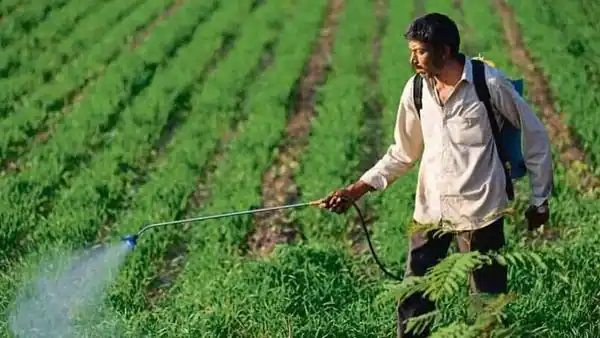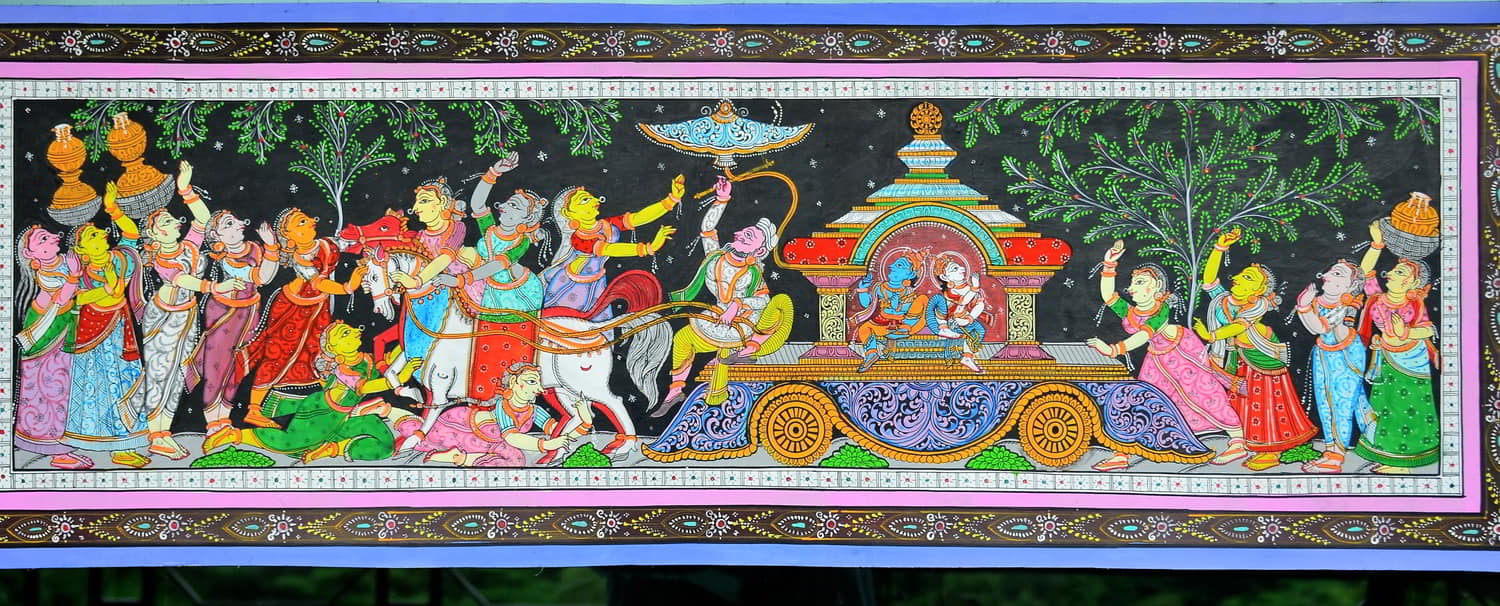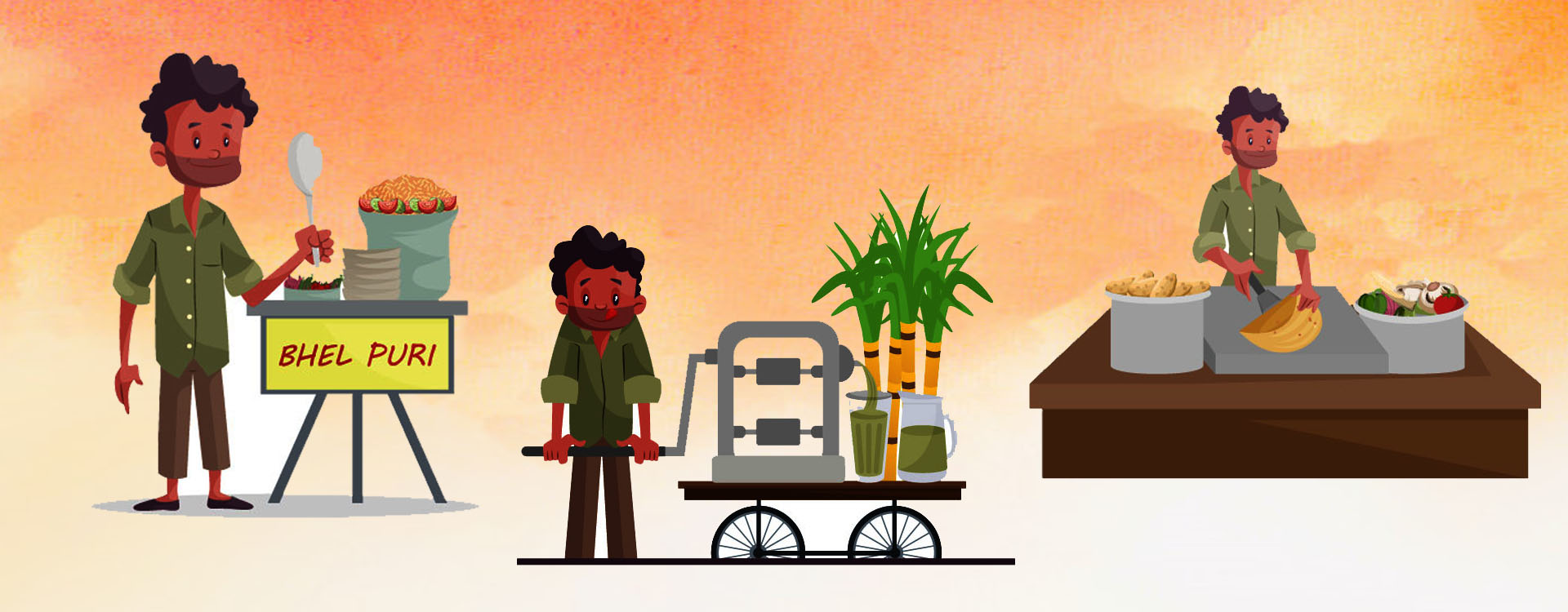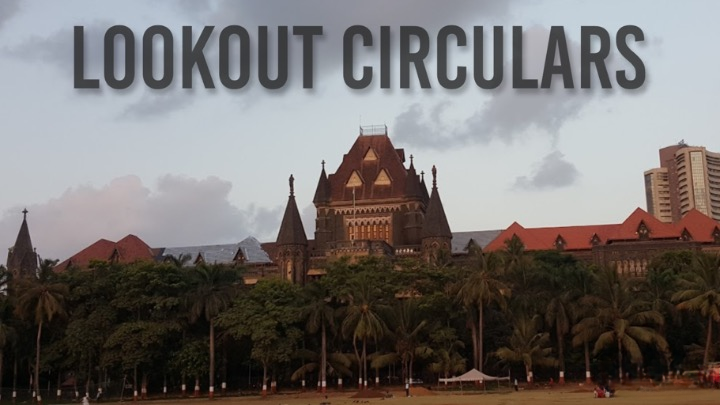Nutrient-based Subsidy

- 01 May 2024
Why is it in the News?
Capping consumption of urea and DAP to correct worsening plant nutrient imbalance is likely to be on the priority list of the government post the Lok Sabha polls.
What is Meant by the Term "Balanced Fertilization"?
- Fertilisers are basically food for crops, containing nutrients necessary for plant growth and grain yields.
- Balanced fertilisation means supplying these primary (N, phosphorus-P, and potassium-K), secondary (sulphur-S, calcium, magnesium), and micro (iron, zinc, copper, manganese, boron, molybdenum) nutrients in the right proportion, based on soil type and the crop’s own requirement at different growth stages.
What is a Nutrient-based Subsidy?
- Nutrient-based subsidy (NBS) is a system started in 2010 to help farmers use the right amount of nutrients in fertilizers.
- Instead of giving a subsidy for each type of fertilizer, the government decided to give subsidies based on nutrients like Nitrogen (N), Phosphorus (P), Potassium (K), and Sulfur (S) in the fertilizers.
- The idea was to encourage farmers to use fertilizers with a balanced mix of nutrients, instead of just focusing on certain types like urea, DAP, and MOP.
- These balanced fertilizers contain a mix of N, P, K, S, and other nutrients in the right amounts.
- At first, this plan seemed to work. Between 2010 and 2012, farmers started using more balanced fertilizers and less of the ones with just one or two nutrients.
- But there was a problem: urea, which is heavily used by farmers, was not included in this plan.
- Since the government controlled the price of urea and only went up a little bit after the NBS was introduced, farmers kept using it more and more.
- This means that even though the NBS helped with other fertilizers, it didn't do much to reduce the use of urea.
Challenges:
- The challenges arise from recent changes in fertilizer pricing and consumption patterns.
- Earlier, companies set prices for non-urea fertilizers, with the government providing subsidies based on their nutrient content.
- However, in the past few years, even non-urea fertilizers have come under price control, especially since January 2024, possibly due to upcoming elections.
- This shift has led to imbalances in nutrient usage.
- For example, the current price of DAP is lower than certain NPKS complex fertilizers, even though it contains less nitrogen and phosphorus.
- As a result, farmers tend to overuse DAP, similar to urea. On the other hand, the price of MOP does not incentivize its use, leading to its reduced incorporation into fertilizers, despite its importance for crop immunity and nitrogen uptake.
- To address these issues, it's crucial to establish a proper price hierarchy among non-urea fertilizers.
- DAP should be priced highest, followed by complexes, with MOP priced the lowest. Additionally, DAP usage should be limited to rice and wheat, while other crops can fulfil their phosphorus needs through complexes and SSP.
- Improving the acceptability of SSP, despite its lower price, can be achieved by marketing it in granular form, which is less prone to adulteration and ensures a slower release of phosphorus without drift during application.
Goldman Environmental Prize

- 01 May 2024
Why is it in the News?
Chhattisgarh-based environment and forest activist Alok Shukla has been honoured with the prestigious Goldman Environmental Prize for his efforts and exemplary community campaign in safeguarding the biodiversity-rich forests in the mineral-rich state.
About Goldman Environmental Prize:
- The Goldman Environmental Prize recognizes grassroots environmental heroes from roughly the world’s six inhabited continental regions:
- Africa
- Asia
- Europe
- Islands & Island Nations
- North America
- South & Central America
- It is also called the Green Nobel.
- The Prize recognizes individuals for sustained and significant efforts to protect and enhance the natural environment, often at great personal risk.
- The Goldman Prize views “grassroots” leaders as those involved in local efforts, where positive change is created through community or citizen participation.
- Through recognizing these individual leaders, the Prize seeks to inspire other ordinary people to take extraordinary actions to protect the natural world.
History:
- Reflecting a lifetime commitment to philanthropy and environmental issues, the Goldman Environmental Prize was founded in 1989 by Richard and Rhoda Goldman.
- The duo envisioned the Prize as a way to demonstrate the international nature of environmental problems and draw public attention to the global need for action.
- By rewarding ordinary individuals for their outstanding environmental achievements, the Goldmans hoped to inspire others to emulate the examples set by the Prize recipients.
- The first Goldman Environmental Prize ceremony took place on April 16, 1990, and it was timed to coincide with Earth Day.
- The recipients of the Goldman Environmental Prize are announced annually in a live ceremony timed to coincide with Earth Day.
- The Prize is awarded in the city of San Francisco, California.
- Prize winners each receive a bronze sculpture in the shape of an Ouroboros.
- Common to many cultures around the world, the Ouroboros, which depicts a serpent biting its tail, is a symbol of nature’s power of renewal.
Patachitra Painting

- 01 May 2024
Why is it in the News?
The first-generation women patachitra artists of the village sell their work online & are recognized the world over, encouraging future generations to stay in the profession.
About Patachitra Painting:
- Pattachitra style of painting is one of the oldest and most popular folk art forms of Odisha.
- Pattachitra- literally meaning ‘Picture on cloth canvas’ is a traditional treasure that has mesmerized the common man.
- The Patachitras, the intricate and artistic folk art, of Orissa are icon paintings that include wall paintings, manuscript paintings, palm-leaf etchings, and paintings on cloth, both cotton and silk.
- Pattachitra paintings are made of tussar silk.
- The origin of the paintings is traced to the 8th century A.D., from the fragmented pieces of evidence of cave paintings in Khandagari, Udaigiri, and Sitabhinji.
- Having a reference in the earliest known treatise on a painting called ‘Chitralakshana’, this art form finds its strong roots in the traditions of Lord Jagannath, the presiding deity of Odisha.
- These paintings have a ritualistic significance even to this day.
- The picturesque village of Raghurajpur, on the banks of river Bhargavi is well known for this artistry, along with its neighbours Puri, Dandasahi, and Khasposak.
- The Pattachitra artists are called ‘Chitrakaars’ (Painters), mainly belonging to the Maharana and Mahapatra castes.
- The creation of the Pattachitra paintings is a disciplined art form, and the chitrakars maintain rigidity in their use of colours and patterns, restricting the colours to a single tone.
Making of Paintings:
- Preparing the paints is perhaps the most important part of the creation of Pattachitra, engaging the craftsmanship of the chitrakars in using naturally available raw materials to bring about indigenous paints.
- The gum of the Katha tree is the chief ingredient and is used as a base for making different pigments, on which diverse raw materials are mixed for diverse colours.
- Powdered conch shells, for instance, are used for making a white pigment, while lamp soot is used for a black pigment.
- The root of the keya plant is usually used for making the common brush, while mouse hair is used on the requirement of finer brushes, to be attached to wooden handles.
Street Vendors (Protection of Livelihood and Regulation of Street Vending) Act, 2014

- 01 May 2024
Why is it in the News?
Enacted on May 1, 2014, after decades of advocacy, the Street Vendors Act has achieved progress yet faces implementation challenges in safeguarding vendors' livelihoods.
About Street Vendors (Protection of Livelihood and Regulation of Street Vending) Act, 2014:
- The Street Vendors (Protection of Livelihood and Regulation of Street Vending) Act, 2014 was enacted to legitimize the rights of street vendors (SVs) and regulate their activities.
- It is implemented by respective States/UTs by framing Rules, schemes, Bye-laws and Plan for Street Vending as per provisions of the Act.
- It seeks to safeguard and manage street vending in urban areas, with State-level regulations and initiatives overseen by Urban Local Bodies (ULBs) through the formulation of by-laws, urban planning, and regulatory measures.
- The Act clearly defines the roles and obligations of both vendors and various levels of government.
- One of the primary objectives of the Act is to ensure the inclusion of all "existing" vendors within designated vending zones by issuing vending certificates (VCs).
- It establishes Town Vending Committees (TVCs) as a mechanism for participatory governance, with street vendor representatives comprising 40% of the committee members, including a sub-representation of 33% for women SVs.
- These committees are tasked with overseeing the allocation of vending spaces and ensuring the representation of all existing vendors within vending zones.
- Moreover, the Act provides mechanisms for addressing grievances and disputes, proposing the establishment of Grievance Redressal Committees chaired by a civil judge or judicial magistrate.
- Additionally, it mandates that States/ULBs conduct surveys to identify street vendors at least once every five years, ensuring an updated understanding of the street vending landscape and facilitating effective regulatory measures.
Look Out Circulars (LOCs)

- 01 May 2024
Why is it in the News?
The Bombay High Court has held that public sector banks (PSBs) cannot recommend or request the issuance of Look Out Circulars (LOCs) against loan defaulters and has set aside the provisions of the central government’s Office Memoranda (OM) that empowered PSBs to do so.
What are Look Out Circulars (LOCs)?
- Look Out Circulars (LOCs) is a governmental directive to immigration authorities, instructing them to regulate and restrict the physical movement of individuals.
- Law enforcement agencies utilize them to prevent individuals wanted by the police or under suspicion from leaving or entering the country through designated ports of entry, including land, air, and sea ports.
- Typically issued by police, intelligence agencies, or other authorized government bodies under the Ministry of Home Affairs (MHA), LOCs are not explicitly backed by legislation but are governed by executive directives, such as the Office Memorandum issued by the MHA in 2021.
- This memorandum outlines consolidated guidelines for opening LOCs against both Indian citizens and foreigners.
- The guidelines dictate that LOCs can only be opened in criminal or penal cases, with the reason for the circular clearly indicated.
- However, in exceptional circumstances, LOCs may be issued for reasons detrimental to the sovereignty, security, or integrity of India, bilateral relations with other states, or the strategic and economic interests of India.
- Basic details, including name, parentage, passport number, and date of birth, must be available before issuing an LOC, and the process requires constant monitoring to minimize inconvenience to genuine travellers.
- Additionally, agencies responsible for requesting LOCs must review their requests quarterly and annually, with the results reported to the MHA.
- While the legal consequences of issuing an LOC lie with the originating agency, the power to issue such directives is derived from The Passports Act, 1967, which governs the grant of passports, travel documents, and endorsements to travellers during emigration or immigration processes.
